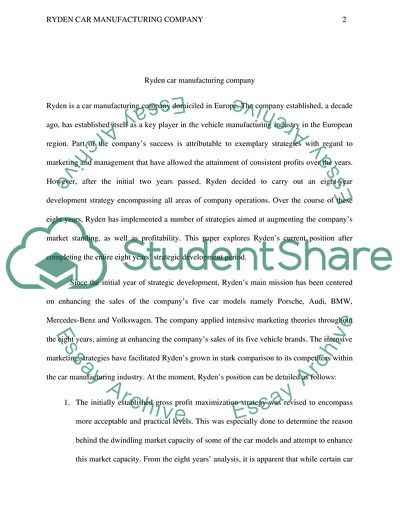E.K.J is a car manufacturing organisation Essay. https://studentshare.org/marketing/1775010-ekj-is-a-car-manufacturing-organisation
E.K.J Is a Car Manufacturing Organisation Essay. https://studentshare.org/marketing/1775010-ekj-is-a-car-manufacturing-organisation.


